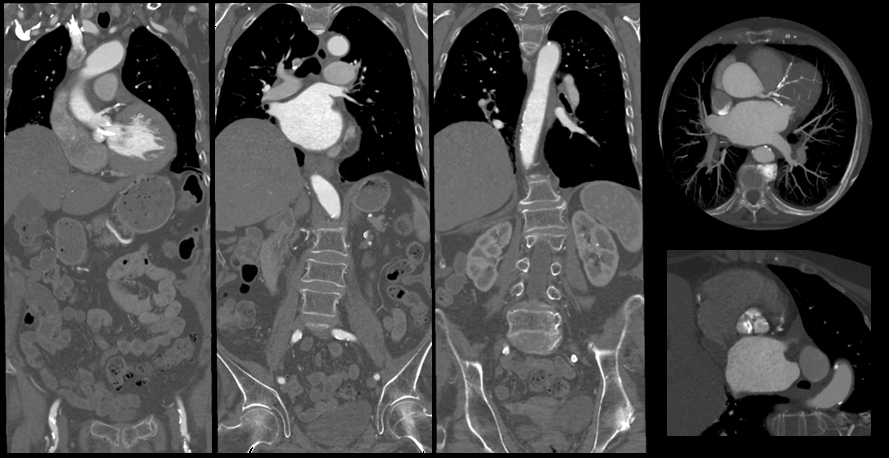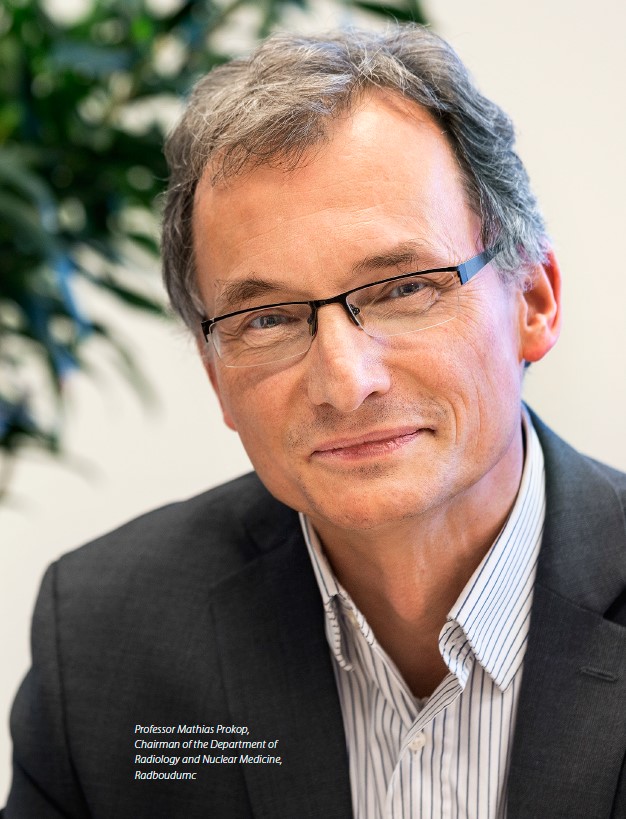Exploring new CT technologies
From Molecule to Man to Population – Prof. Prokop
The Radboud university medical centre (Radboudumc) in Nijmegen, the Netherlands, aims to have a significant impact on healthcare with research spanning ‘From Molecule to Man to Population’. With a team of more than 150 people, the Imaging Research group within the Department of Radiology and Nuclear Medicine develops imaging applications that bridge the gap between research and practice and help shape the future of healthcare. Professor Mathias Prokop, Chairman of the department, explains how the Aquilion ONE™ and close collaboration with Canon Medical’s engineers in Japan and Europe over the last five years continue to enable the team to advance techniques in functional imaging.
”We are really happy with the subtraction technique for the Aquilion ONE scanners. It’s very versatile. We have used it routinely for pulmonary angiographs for more than two years. In the lung, it helps us find perfusion defects, which we then examine further; the enhancement of nodules; and areas of infection or active inflammation.”
Canon Medical’s Innovations
Enhanced lesion depiction
Creating Iodine Maps without an increase in dose from a standard 2 phase abdominal acquisition is now possible with Canon Medical’s SURESubtraction Iodine Mapping. SURESubtraction Iodine Mapping will provide fully automated body color blood flow maps that highlight iodine distribution for the detection of local perfusion differences as well as iodine concentrations. The software will also provide virtual ‘pure’ arterial and venous maps for enhanced lesion depiction. Virtual contrast boost has the ability to present images similar to low-kV imaging.

Three examinations in ONE
Saving contrast, radiation dose and valuable time with Variable Helical Pitch (vHP). The vHP scanmode enables you to combine pitch settings, AEC levels and combined gated and non-gated studies. Combined prospective ECG gated and non-gated studies for CTA studies such as TAVI procedures will provide excellent motion free images with lower iodine and radiation doses compared to a standard acquisition. Combining multiple AEC levels in one acquisition will save radiation dose in all your patients. Having the ability to combine pitch settings can further optimize your acquisitions and IQ.

